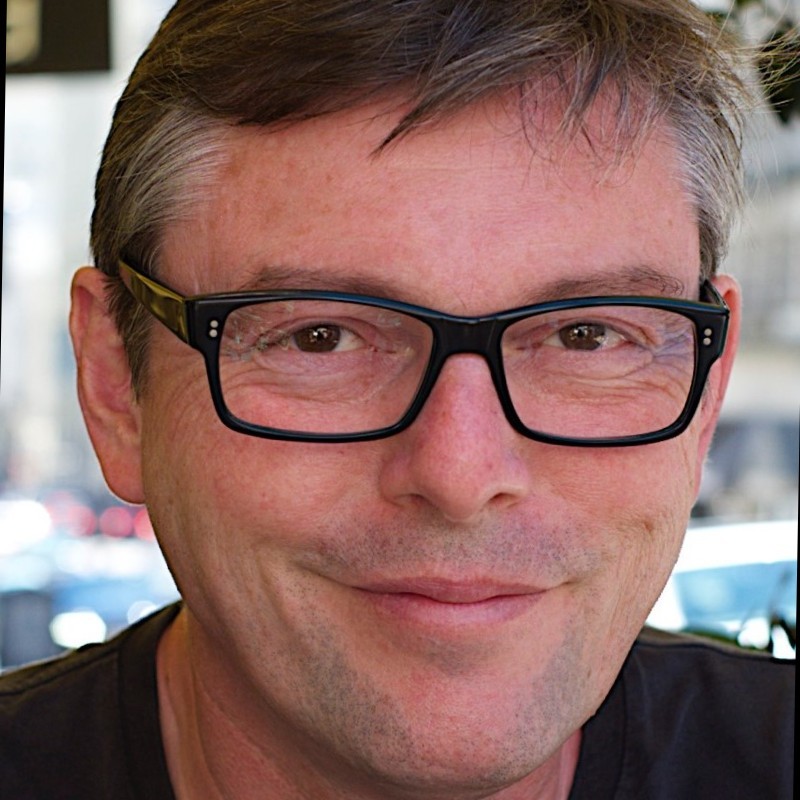Almost every technical product we use today is the result of a collaboration between different design disciplines: Mechanics, electronics, and software work together to fulfill the product’s functions.
The basis for this in the development process is what we call the “mechatronic product structure”. However, mechatronics or cyber-physical is only one part of a larger task which requires interdisciplinary work. This includes not only the domains of product development, but also the disciplines of the value chain.
From this perspective, it quickly becomes clear that interdisciplinary product development is much more than just linking design data and bills of materials. This approach would only make sense if the underlying data has a compatible structure for synchronization and the development domains involved have at least a similar development method (e.g., component-oriented or function-oriented). But even then, such an approach reaches its limits as product complexity increases.
Model-Based Development as a Strategic Alternative
In the 1970s, the American space program already recognized the necessity of coordinating engineering disciplines involved in developing complex devices, including the emerging field of software. Model-based system engineering (MBSE) evolved from the motivation to develop complex devices across domains and to identify potential errors early in the development process.
What is the difference to the mechatronic product structure? Models do not directly link physical product structures, especially when software is involved. Instead, they utilize two techniques:
- The functional structure serves as a common denominator for both the individual development domains (into which function does a component belong) and for a dynamic link to the requirements.
- Models are descriptive: the model itself has a certain level of abstraction (in contrast to the idea of the “digital twin”, for example). The product under development is not described down to the level of individual components yet. This is a deliberate choice to ensure the necessary visibility of dependencies when making important product decisions.
The second aspect could lead to a disconnect between the description of the product in the model and its actual structure in the development systems. Today, however, this potential problem has been largely mitigated by direct links between modeling tools and CAD tools. Nevertheless, the first aspect contains a significant promise: that is, to synchronize the development domains by linking them through the functional structure. So the first question is: does it work?
Interdisciplinary Product Development across various industries
In the aerospace industry, MBSE is an established framework for product development. Can it be applied to other industries? We can see that even though the term MBSE is not universally used, the approach is the same. For example, it can be seen in function-oriented product development in the automotive industry, or in the use of product architectures for modularization and variance management in mechanical and plant engineering. One question remains: How can this be implemented?
The answer is that no one can do it alone. But software vendors have the technological building blocks, consultants have the knowledge of how to methodically design product models, and the customer is in charge of ensuring that the solution is implemented specifically for his requirements. Collectively, they create a model, you might say.
Discover the keys to building a robust Model-Based Systems Engineering (MBSE) capability in our expert-led webinar available to watch on demand. Gain unparalleled insights and practical strategies anytime, anywhere. Access now and transform your approach to MBSE.






